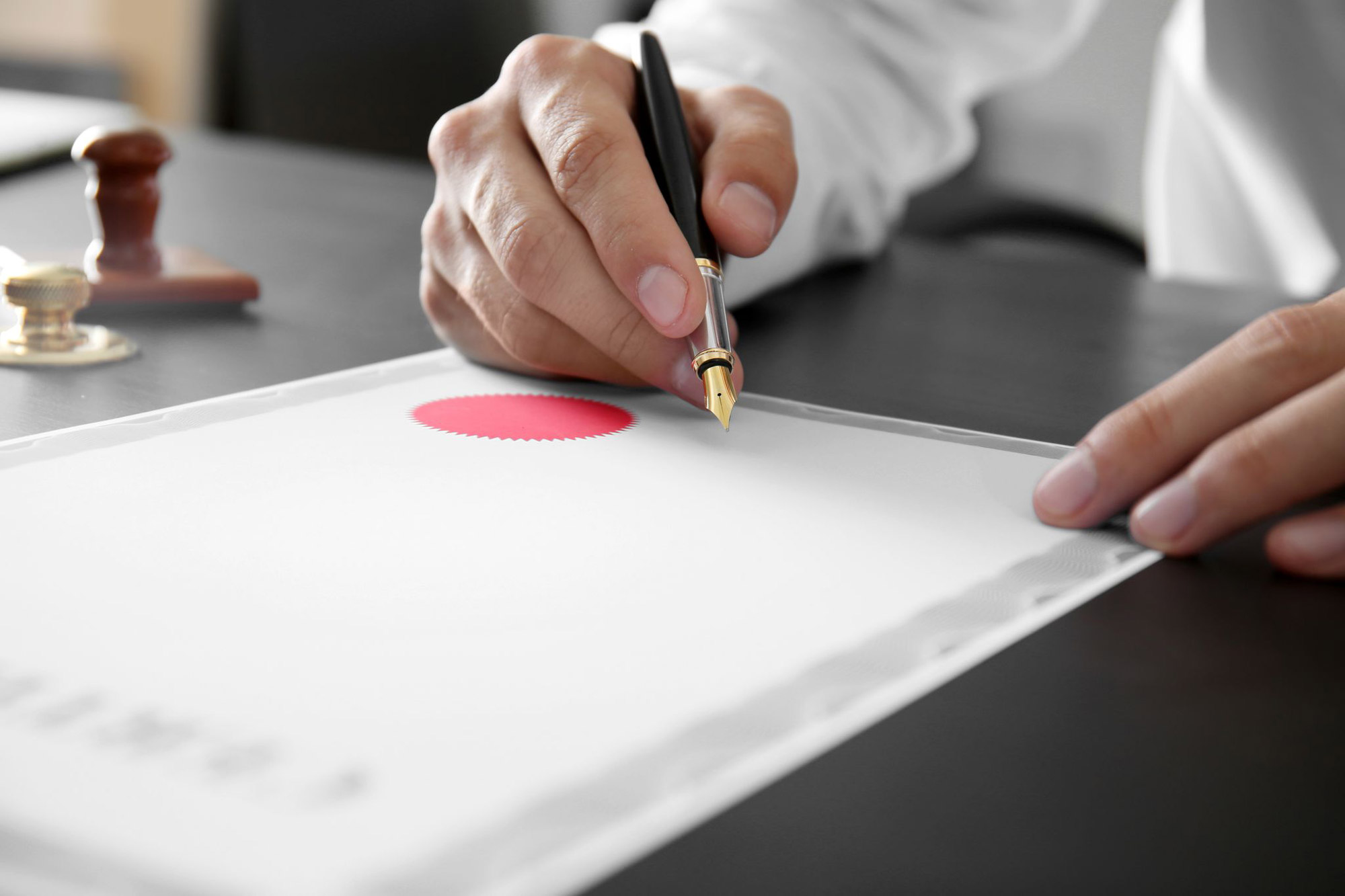Classification of air filters
ISO 16890
The new ISO 16890 standard for filter testing and assessment is likely to replace EN 779 by mid-2018. In future, filter efficiencies will be determined with regard to the particulate classes PM1, PM2,5 and PM10, as well as coarse dust. The ISO 16890 standard is thus based on the same evaluation parameters used by the WHO and other environmental authorities.
EN 779:2012
The EN 779 standard "Particulate air filters for general ventilation" defined the test procedure for coarse and fine dust filters. The EN 779:2012 version valid from April 2012 until mid-2018 included the introduction of minimum efficiency levels for classes F7 to F9, and the renaming of classes F5 and F6 to M5 and M6. By mid-2018, EN 779 will be completely replaced by the ISO 16890 standard in Europe.
EN 1822 and ISO 29463
In Europe, EPA, HEPA and ULPA filters are subject to classification according to EN 1822 for filtration efficiency and zero leakage. HEPA and ULPA filters are also subject to individual tests. The international standard ISO 29463 is based on European standard EN 1822 and will probably replace this standard in the future. Both standards are based on the latest particle counting methods.
Dust class according to DIN EN 60335-2-69 appendix AA
Filter media used in dust removal machines is tested according to the SBM dust class DIN EN 60335-2-69 appendix AA. The maximum degree of penetration decides whether a filter material is classified as an L, M or H class.
 Language / Country
Language / Country


